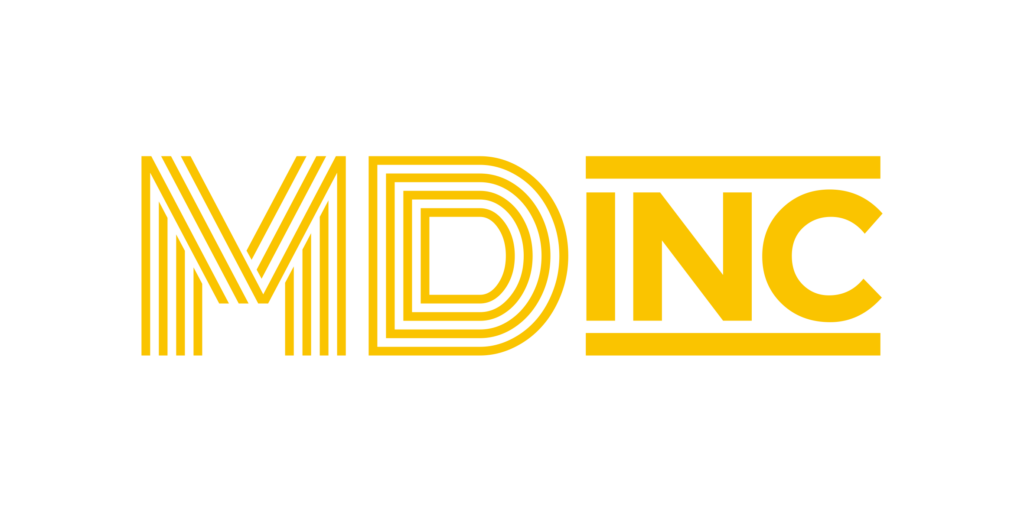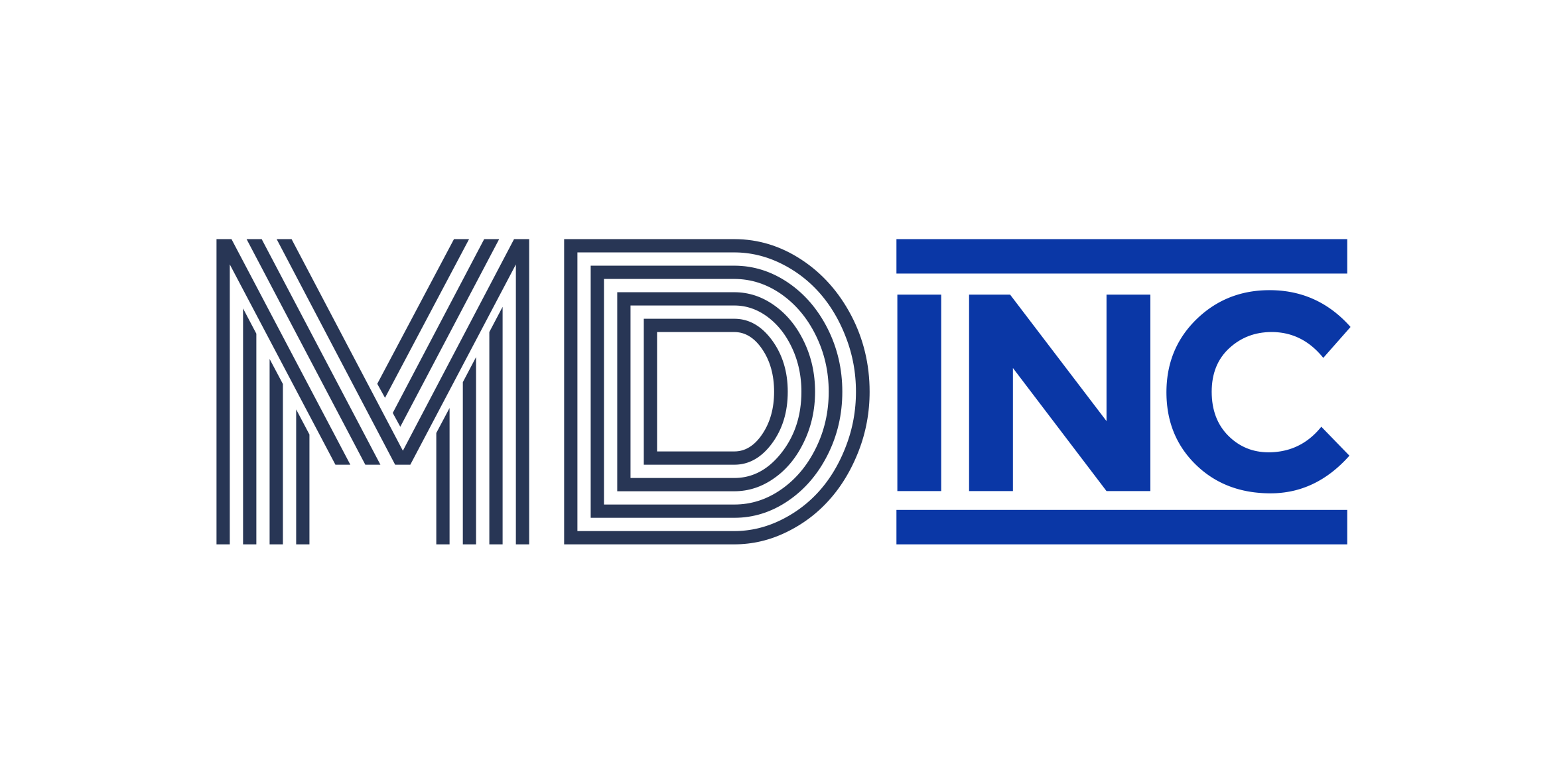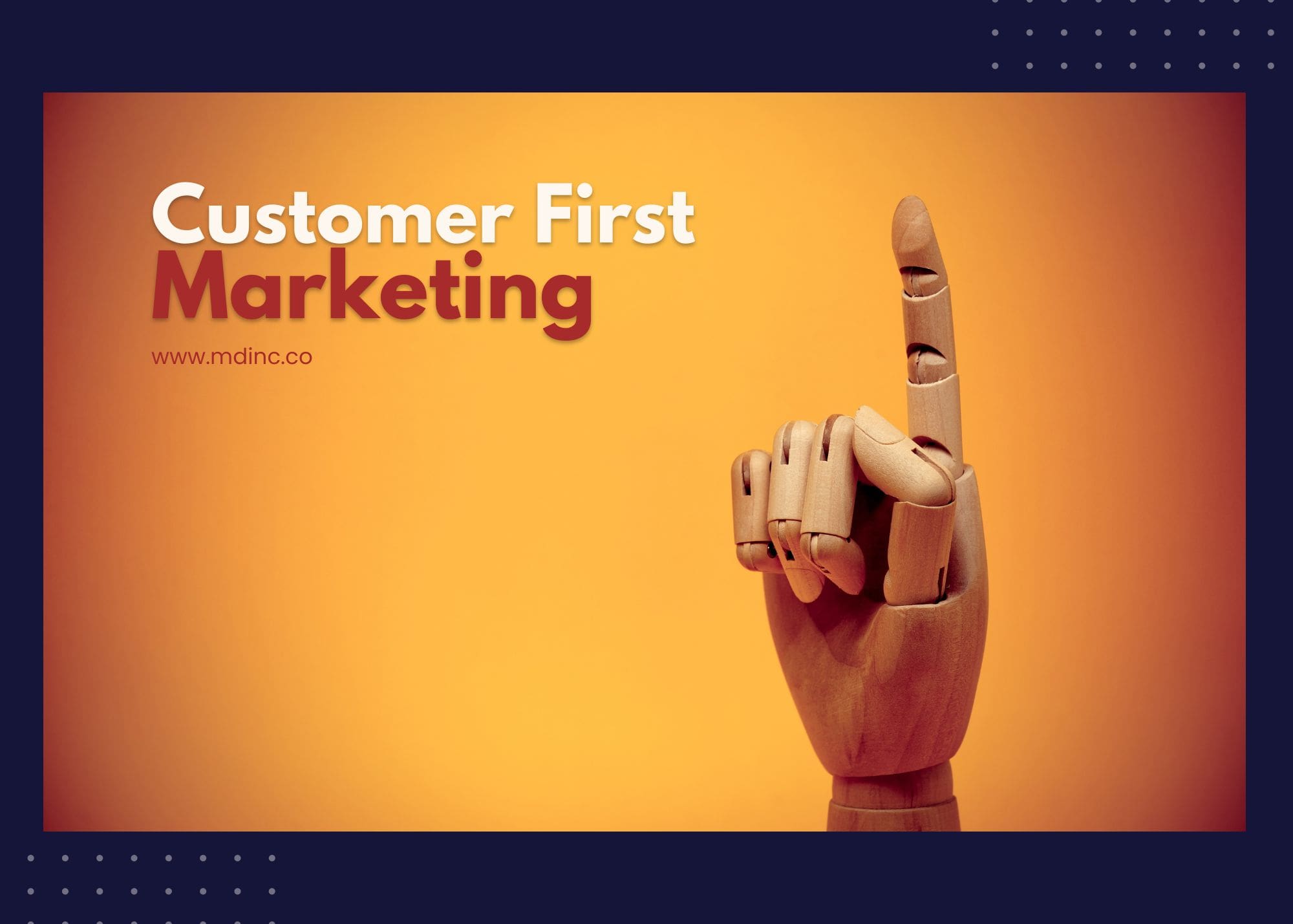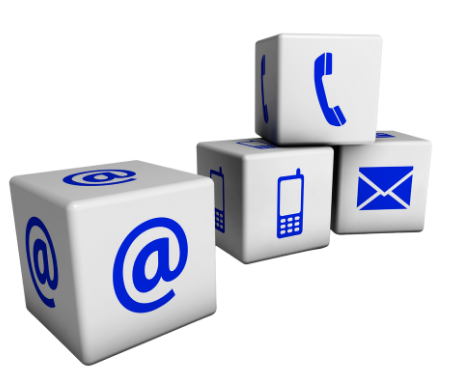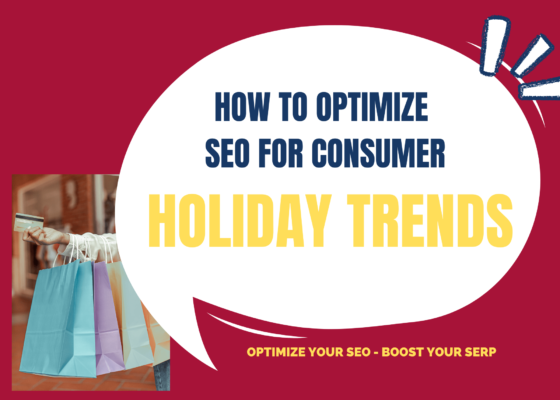Customer-Focused Marketing: 101
Modern marketing is evolving towards a more customer-focused marketing style. This type of content marketing allows brands to tailor marketing campaigns to align with buyers’ needs and wants.
This is a more centralized alternative to marketing to a larger pool of people — by marketing to individual customers, buyers get a personalized experience that can bring trust and loyalty to your company from buyers who feel heard and seen. Here are some factors that make up today’s customer-focused marketing techniques and the brand benefits they bring.
What Goes Into Customer-Focused Marketing?
Some of the hallmarks of a customer-centric marketing campaign include retrieving detailed data on buying habits. This means foregoing traditional third-party data collection in favor of safer solutions, such as first-party data collecting from user forms and other methods.
One of these is by taking a look at user searches. Discovering what people are looking for can help you determine your marketing direction. Where can you fulfill the buyers’ needs? How does your brand connect to today’s buyer and their desires?
A simple way to harness this information to create the most relevant customer-focused marketing plan is to use the power of automation. This makes it easy to gather the necessary data to form a more cohesive customer-focused marketing campaign. Research states that taking advantage of tools like automation can improve your metrics by up to 20 percent!
However helpful automated tools are, they aren’t the sole focus of a customer-driven campaign. Listening to customers, interacting with them, and connecting to your buyers is the key to unlocking what buyers really need and can make your marketing campaign meaningful, personal, and direct. This creates long-term loyalty.
SEO and SEM for Today’s Companies
The bottom line regarding SEO and SEM is that SEO is organic marketing, and SEM is paid. So how do these two types of marketing come into play when you’re implementing a customer-focused marketing campaign?
As it turns out, a good digital marketing strategy combines SEO and SEM marketing for a customized approach that hits every note. For instance, using both techniques, researching often-used keywords can help determine what buyers want.
The main difference between these two types of marketing (aside from cost) is that SEO can take some time to produce results, but SEM is more instantaneous. Conversely, SEM only holds out for as long as you pay for it — SEO produces more long-term results.
Using tactics from both SEO and SEM marketing styles can produce the results you desire. Still, you need to weigh a few factors such as: how big a presence does your company have, what is your competition doing to acquire customers, and what is your website like now? Perhaps you have SEO opportunities you haven’t mined yet.
Diving Into Marketing Types
There are two different marketing categories to keep in mind as you’re planning a customer-focused marketing campaign.
- B2B Marketing — B2B marketing means Business to Business marketing. This is marketing for a wide, large-scale audience but on an emotional level – forming long-term connections with buyers that translate into lifelong loyalty.
- B2C Marketing – B2C (Business to Consumer) marketing takes the individual buyer into consideration away from the whole. However, B2C marketing is focused on sales and efficiency, which could lose the personal aspect of marketing. However, good B2C marketing remains relatable for buyers, but in the short-term.
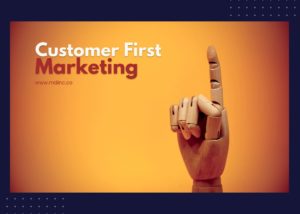
The best marketing campaigns combine aspects of both marketing types. While B2C marketing may work from an emotional level, B2B campaigns entice buyers through direct phrasing and meeting needs. Whichever techniques you use to drive customer engagement, keeping buyers first is a surefire way to succeed in today’s market.
Contact MDINC today for a complimentary content consult.
